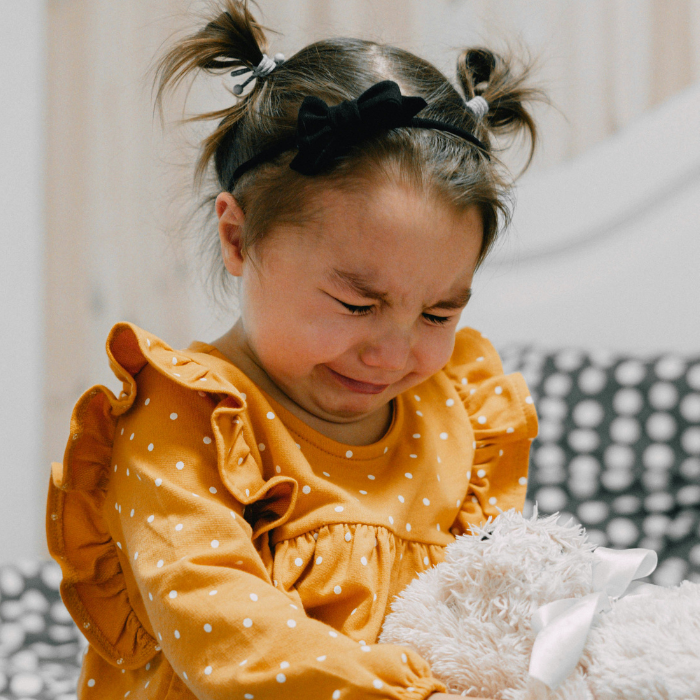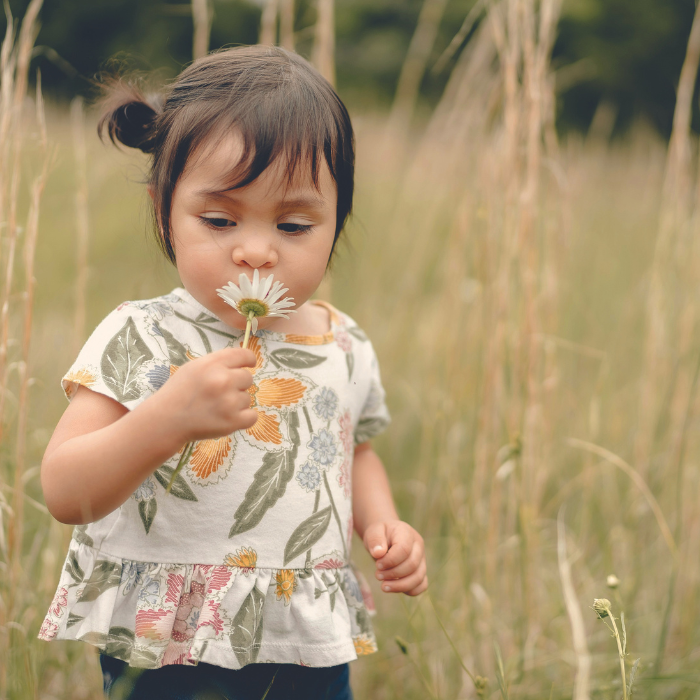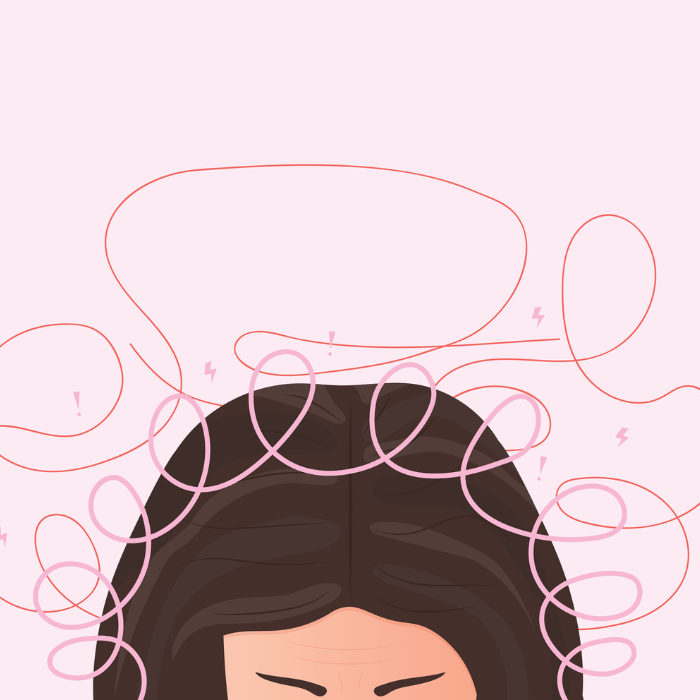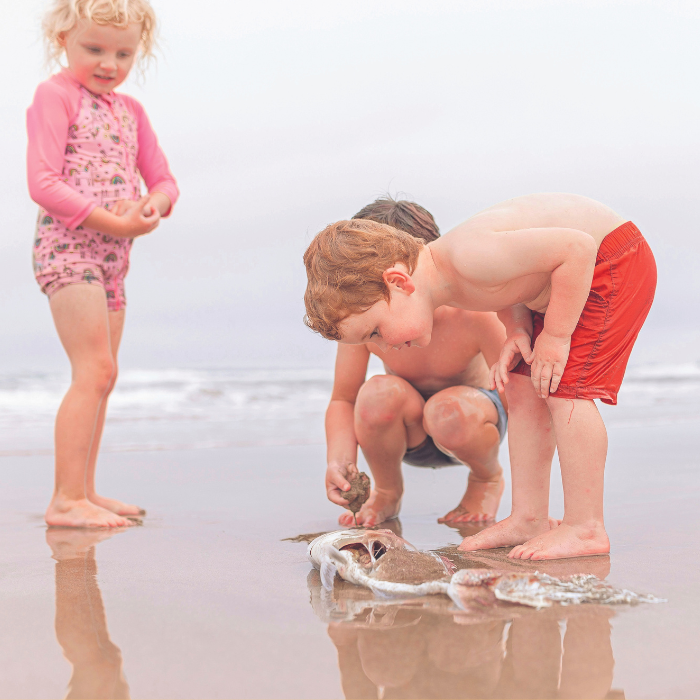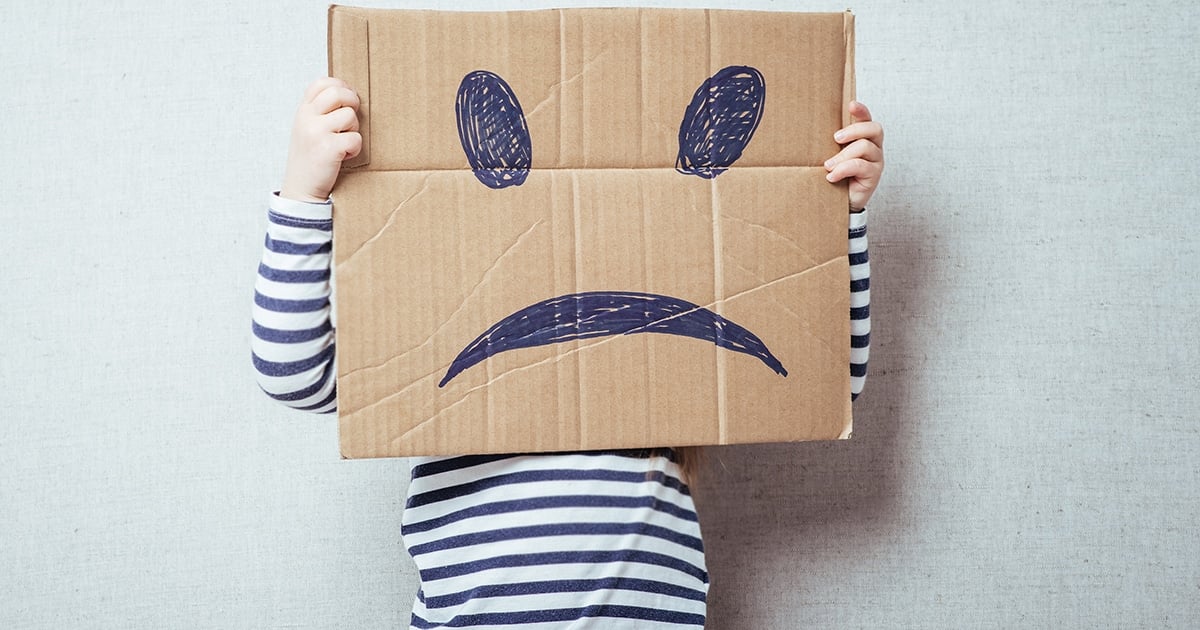
Does your child tend toward anxiety, stress, jitters, and tension? Amber Hall shares some coping strategies.
As a parent, it’s extraordinarily challenging to watch your little one cope with anxiety. It can seem like no amount of love, compassion, or effort on your part can calm the worries disrupting your child’s day-to-day interactions. A great approach to managing your child’s anxiety is to prepare an anxiety toolkit with several coping techniques that work for your child and for your family. Here are a few ideas that you can try.
Use it as a learning opportunity
Have a chat with your little one about how worrying is a normal human experience and how it used to keep us safe in “caveman times”. You can explain how worry is still a useful emotion because it helps us to judge how risky or safe a situation is, but that sometimes our brains get carried away when we don’t let logical thoughts through to calm us. Use the opportunity to talk about the physical symptoms of worrying, such as sweating, increased heart rate, nausea, or even diarrhea, and introduce them to the concept of the “fight or flight instinct” and how cortisol and adrenaline are the chemical triggers our bodies create to keep us safe. Understanding anxiety is often the first step to accepting it.
Set aside a time to worry
It may sound counterintuitive to encourage focusing on worrying, but setting aside a specific 10-15 minutes every day for doing so can be beneficial. When your child starts feeling anxious, you can remind them to park the issue and think about it at “worry time”.
Write it down
Ask your child to spend their worry time writing about their anxieties. Writing is an external expression of an internal debate and so is a simple way of kick starting their logical brain, getting that debate out of their head and releasing it into the world. There are a few approaches you can take. Writing worries in a diary is a tried and tested method, and researchers have found that writing about anxiety helped to calm the symptoms for up to six months. However, having a book full of your innermost secrets can be kind of risky as a kid, so if diary writing is not your child’s thing, why not try writing it down and throwing it out? A 2012 study showed that when people wrote about their body likes and dislikes and were asked to physically put their writing in the rubbish, it helped them to discard their anxious thoughts, too. Or you can try asking your child to write a letter imagining that it isn’t them that is experiencing these emotions, but one of their best friends. Once the letter is complete, address it to your child. This allows them a new perspective and lets them experience for themselves the compassion they would easily give to their friends.
Debate with the dog
When an anxious thought starts troubling your little one, ask them to imagine that the dog (or a doll) is their worry, and to talk to the dog about why he shouldn’t worry. This personification will allow your child’s logical brain to kick in. It also means that your child will more readily accept that the anxious thoughts they’re having aren’t accurate, because how can the silly dog possibly know what will happen? Ask your child whether the dog is:
- Only focusing on negative details while ignoring any positive ones (known as mental filtering).
- Jumping to conclusions based on assumptions rather than relying on facts.
- Magnifying the bad parts of the situation and minimising the good ones.
- Generalising too much and believing that the negative experience will repeat.
- Taking the blame for problems that are out of his control or blaming others when the dog was the one responsible (known respectively as personalising and externalising).
- Confusing his negative feelings as facts (known as emotional reasoning).
PRACTISE SOME SELF-SOOTHING TECHNIQUES
The feel-good hormone oxytocin is released when we experience physical touch and, luckily, our bodies don’tdifferentiate between a hug from a friend or a hug from ourselves. There’s a growing body of evidence showing the benefits of physical self-soothing techniques. Next time your little one is feeling anxious, get them to give themselves a firm hug, hold their own hand, softly rub their cheeks, or give their ears a slow rub. This will help to increase the levels of oxytocin and lower the levels of cortisol in their bloodstream.
Find a physical outlet
There’s a reason that people pace when they’re agitated – their bodies are already gearing up for fight or flight. Give your child a safe outlet to release some of their nervous energy and get those endorphins (another feel-good hormone) pumping. Get them up and running, pushing hard against a wall, or doing a series of yoga poses.
Start practising mindfulness
Simply put, mindfulness is the practice of focussing our awareness without judgement on what is happening in the current moment. There’s a wealth of knowledge on various mindful practices, so you may want to try a few different variations to find what works for you and your child. The simplest form is for your little one to close their eyes and breathe slowly, focussing entirely on their breathing by observing the inflow and outflow of air and the rise and fall of their chest. However, when a person is anxious, it’s a natural response to start breathing quickly and shallowly, so it’s not unusual for some anxiety sufferers to become more wound up because they feel like they’re failing at a simple task. If that’s the case with your child, try walking them through a five senses meditation instead. Ask them to name three things they’re experiencing right now by taste, touch, sight, sound, and smell.Whichever techniques for tackling child anxiety you do try, know that you and your child are doing okay, and there are lots of families dealing with similar issues.



